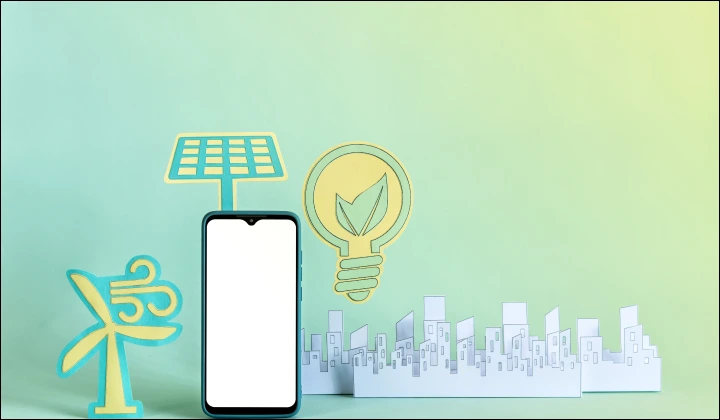Quick Guide for IoT Product Development
1. Define the Problem and Use Case
Identify the problem your IoT product will solve and clearly define its use case.
2. Select the Right Hardware
Choose sensors and microcontrollers (e.g., ESP32) for accurate data capture and energy efficiency.
3. Build the Software Stack
Develop firmware (C/C++) and user applications (JavaScript, Swift) with robust APIs (REST, MQTT) for communication.
4. Ensure Connectivity
Choose wireless options like Wi-Fi, BLE, or LPWAN based on power and range needs.
5. Leverage Cloud and Edge Computing
Use cloud platforms (AWS IoT, Azure IoT) for data storage and edge computing for local processing.
6. Focus on Security
Implement encryption (TLS), authentication (OAuth), and enable OTA updates for security patches.
7. Test, Iterate, and Scale
Prototype, test in real-world conditions, and iterate based on feedback. Ensure scalability with cloud infrastructure and device management systems.
8. Prioritize User Experience
Develop intuitive interfaces and streamline product onboarding for a seamless user experience.
By following these concise steps, you’ll be well-equipped to develop a successful IoT product!









 29 mins
29 mins











 Talk to Our
Consultants
Talk to Our
Consultants Chat with
Our Experts
Chat with
Our Experts Write us
an Email
Write us
an Email





